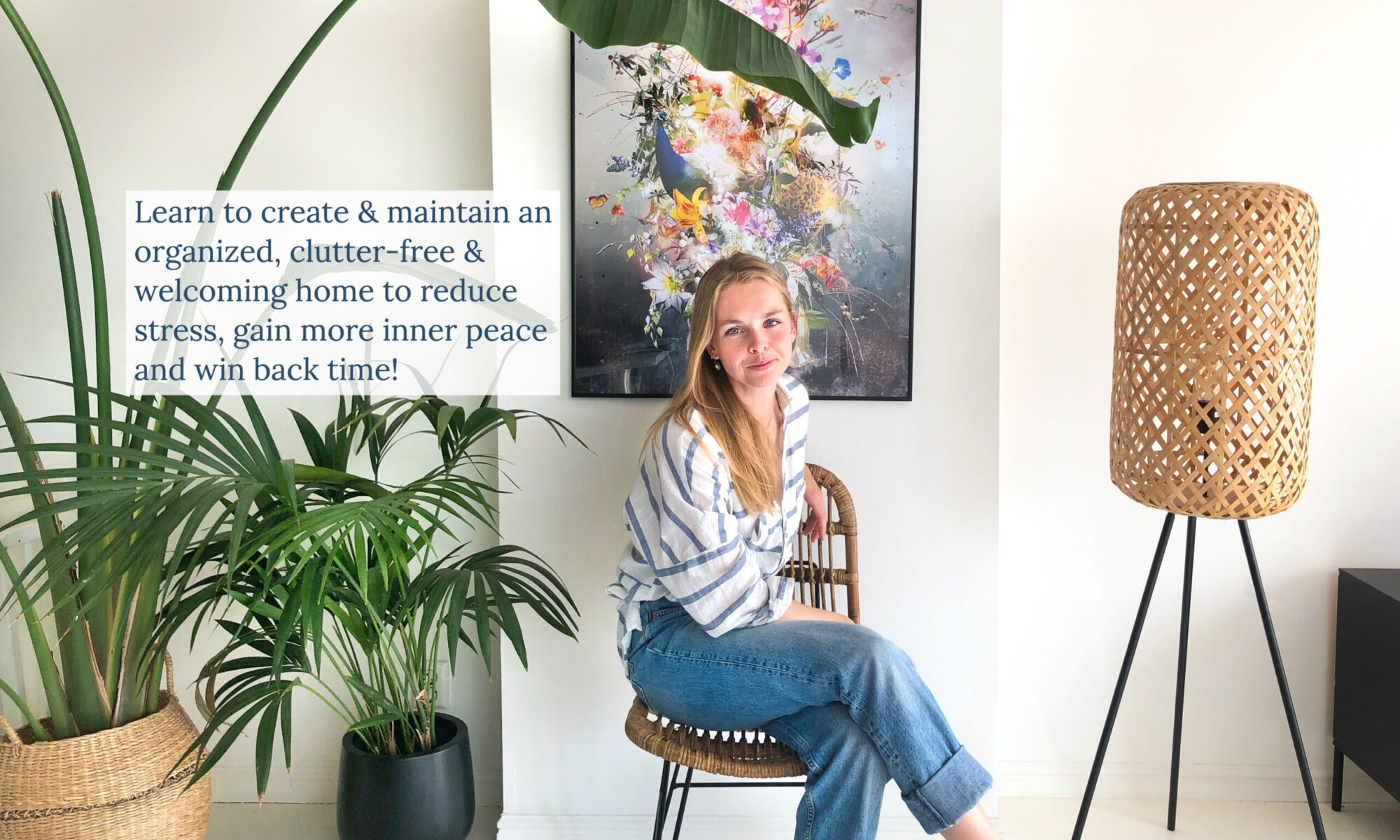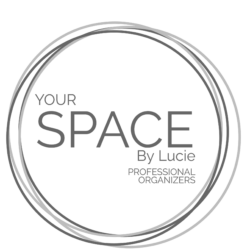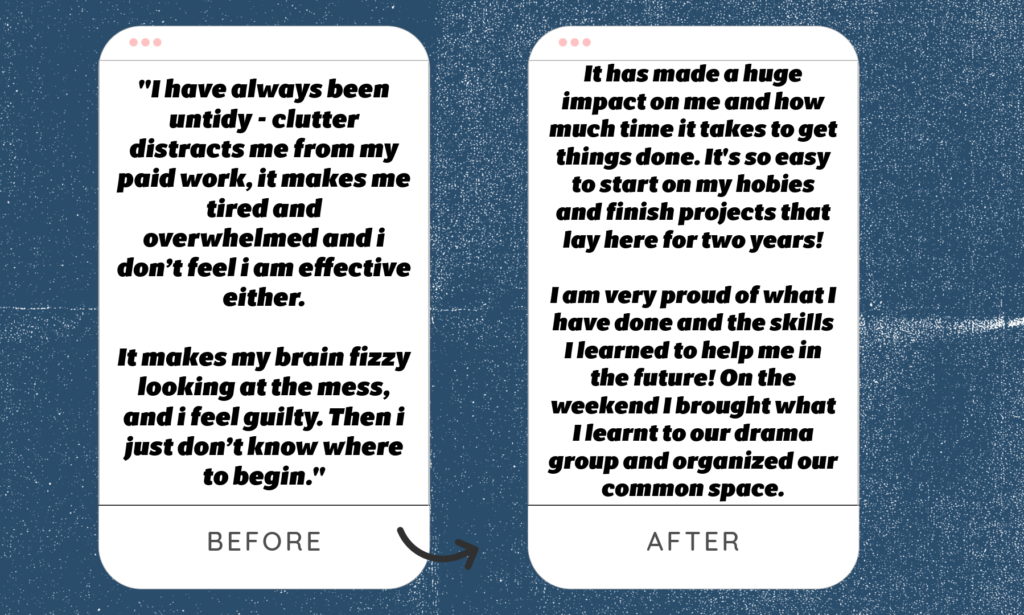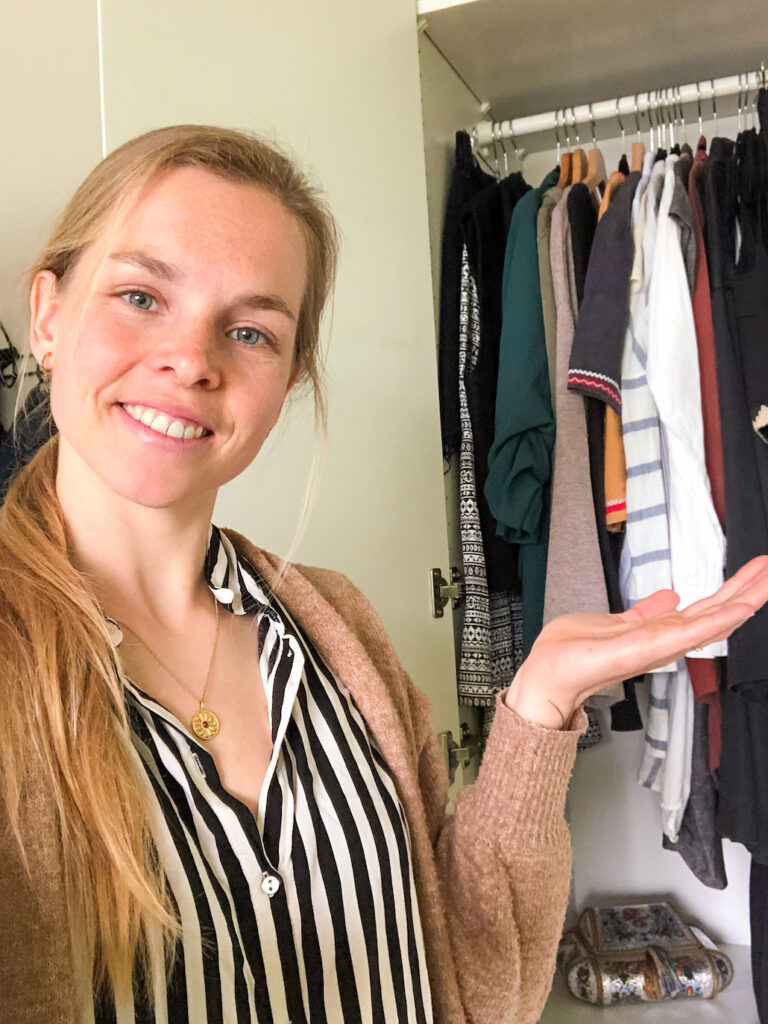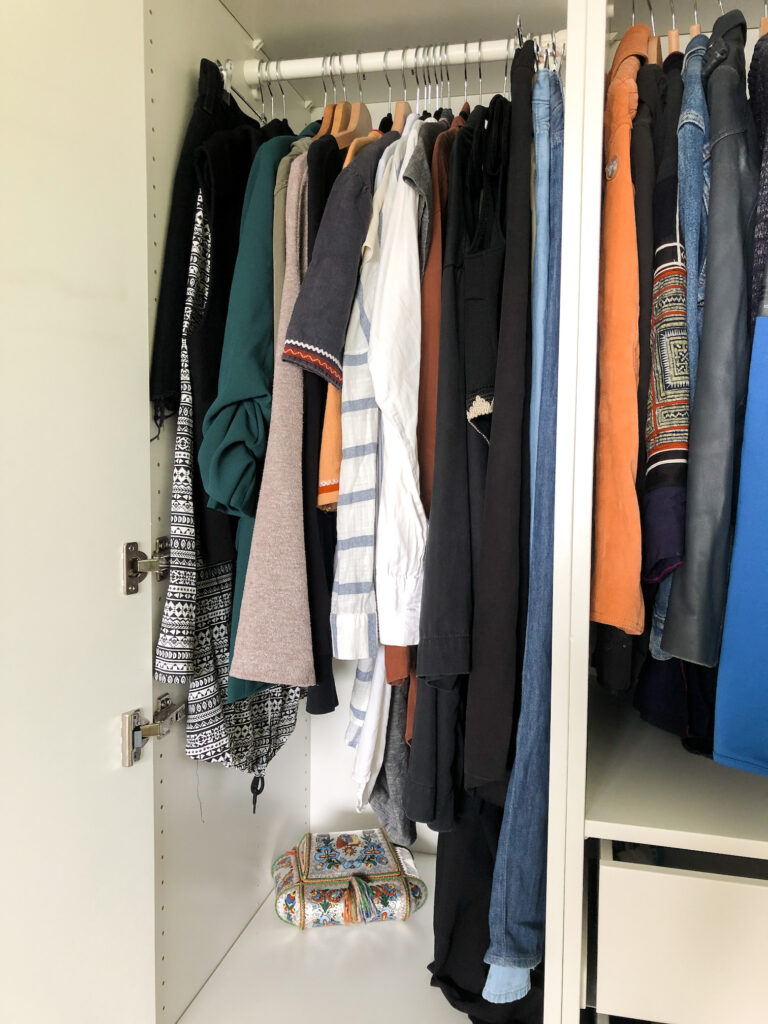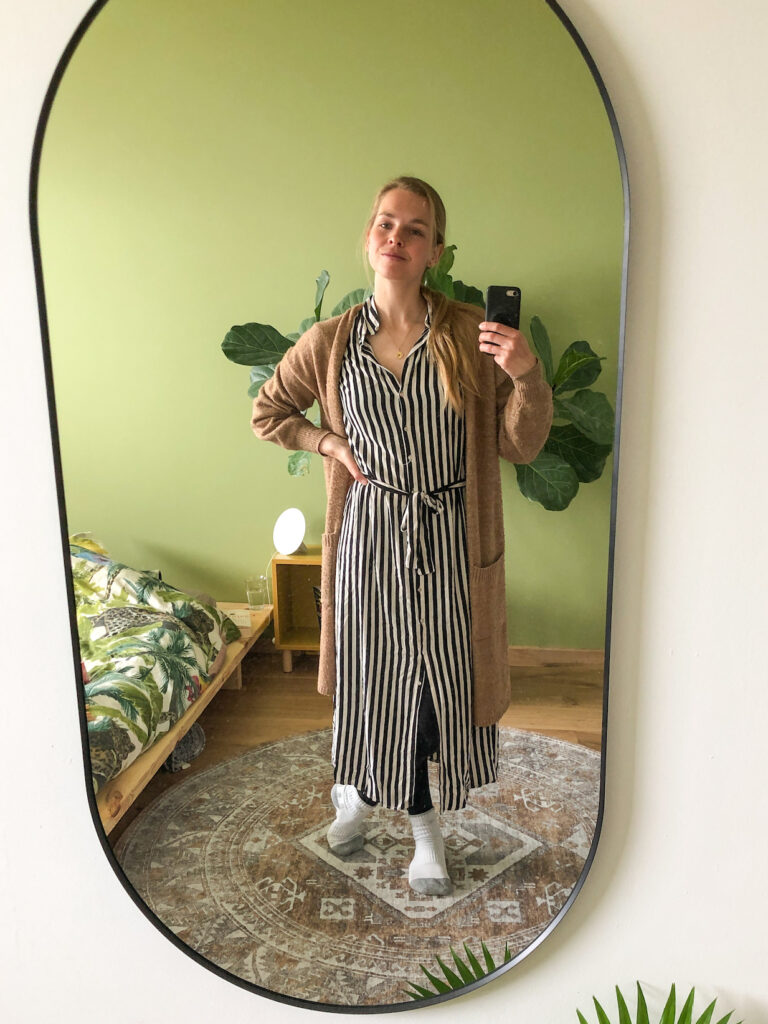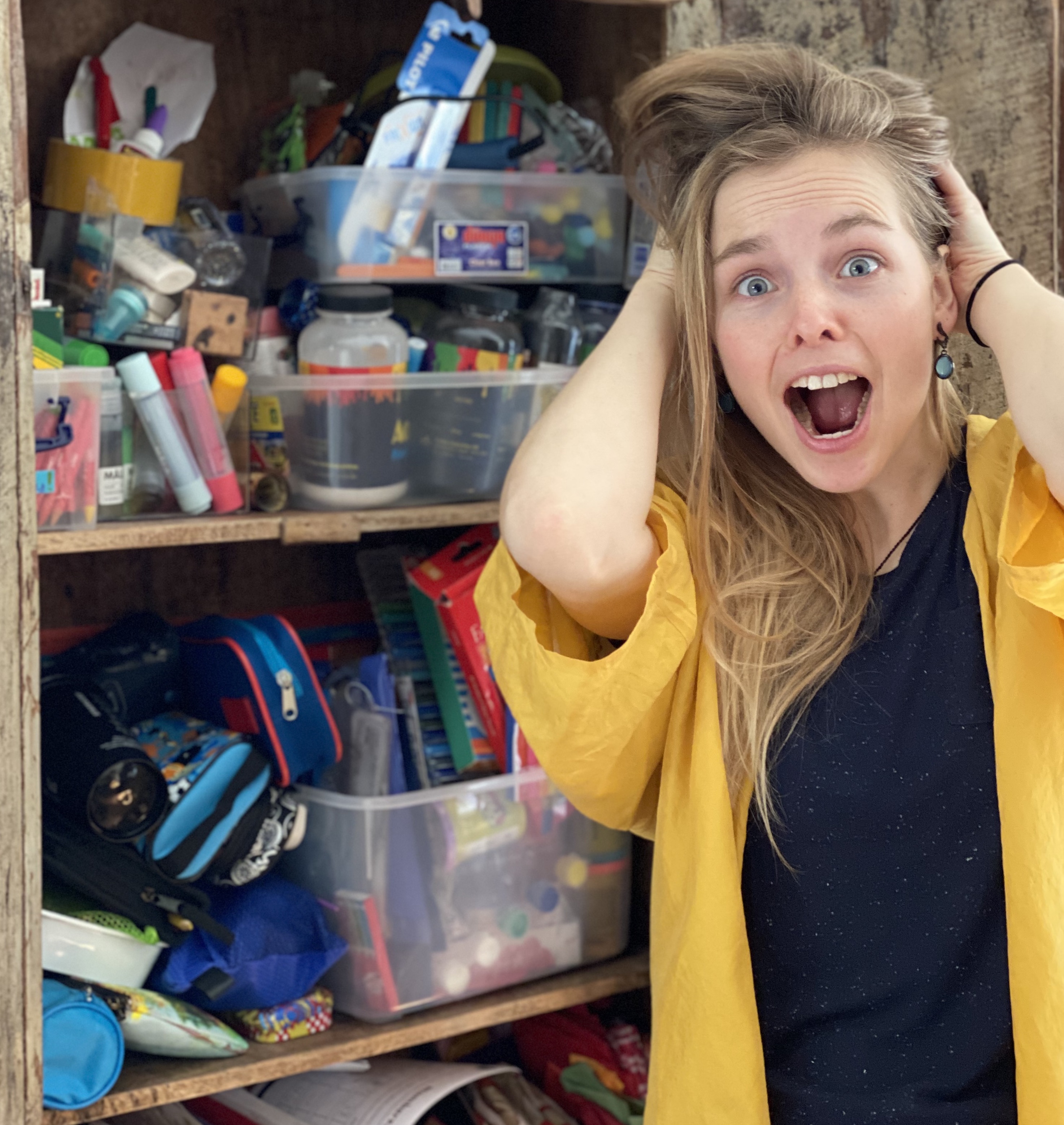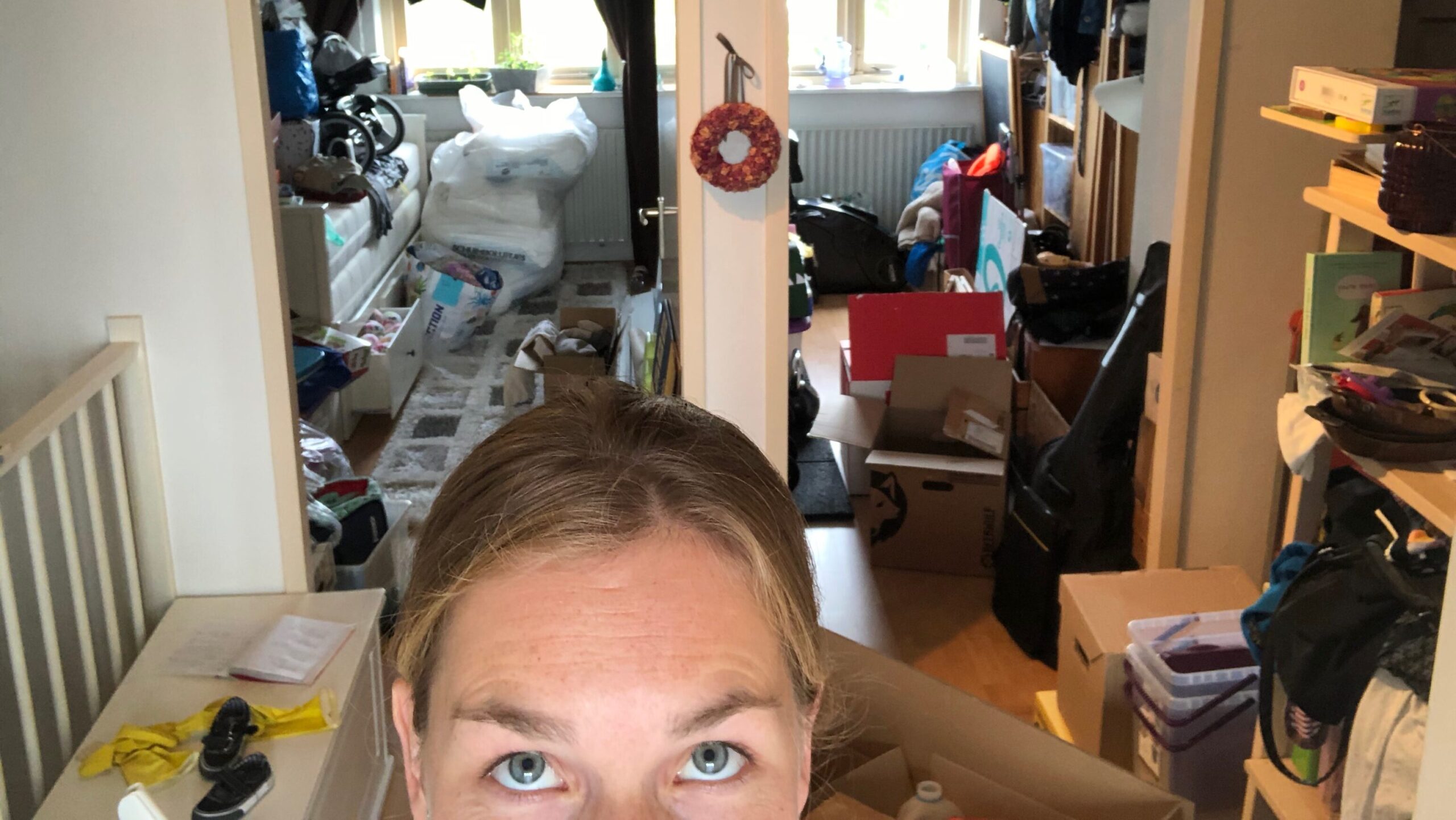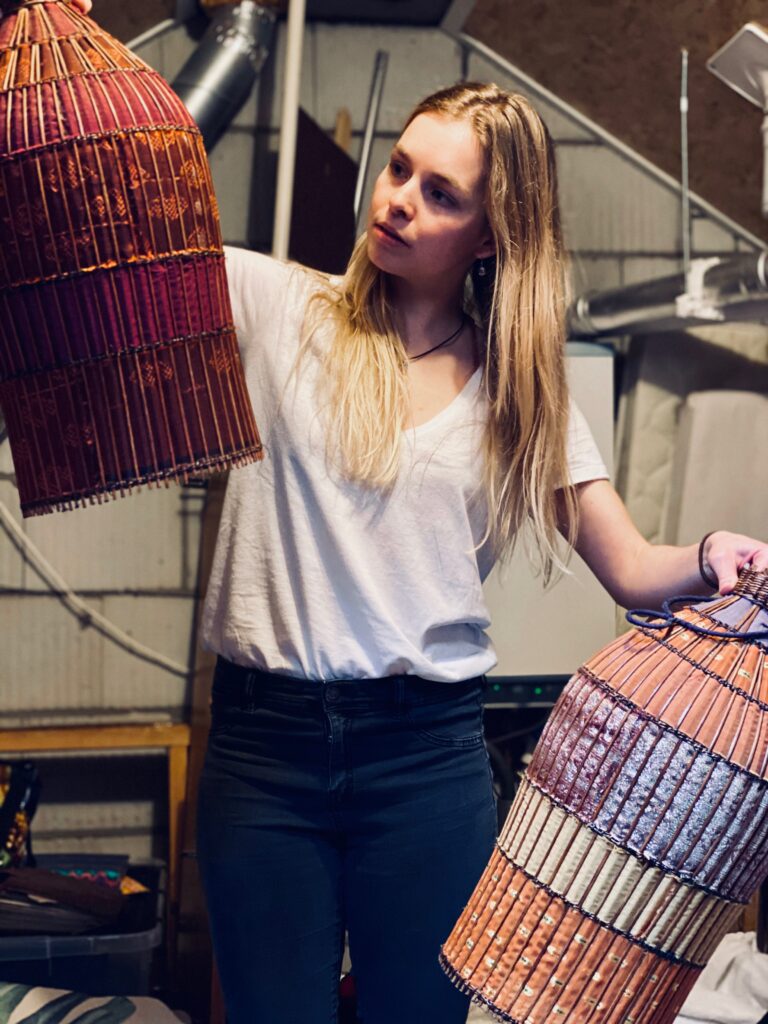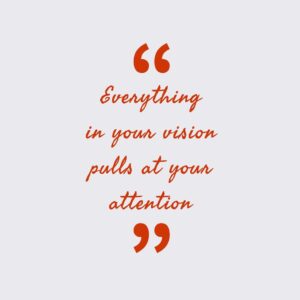Just as the world got familiar with the industry of “professional organizing” and we don’t have to explain what we do nearly as much as we used to, a new working method has emerged and taken the world by storm – Virtual Organizing.
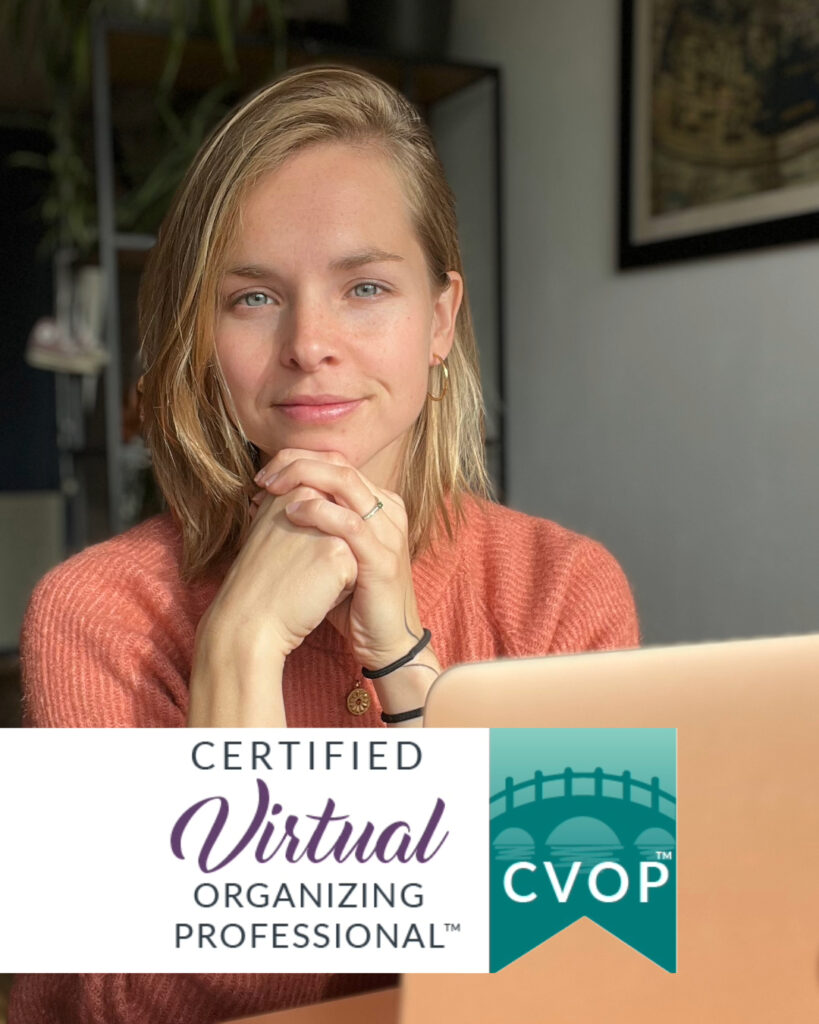
I became a Certified Virtual Organizing Professional ™ after I followed an intensive training in autumn of 2023. Ever since I am growing more and more fond of this work method as I am noticing the important changes that are happening under the surface with my clients.
So, what is my experience with virtual organizing, and how can you understand the ultimate benefits of taking this work to the video based working realm?
THE INNER REALM CHANGES
The biggest benefit of functional home organization and clutter-free space is unseen by the eye, making our popular “Before & After pictures” of little relevance. The most important change is what happens inside our clients – their emotions, their mental focus, their selftalk…
So let me start explaining the benefits of virtual organizing by sharing the “Before & After” of the inner landscape of my two virtual clients.
Client 1 (Married, mid-age woman with passion for many hobies and responsibility for caring for her elderly mother’s household)
Client 2 (Single mother of a 3 y. o. with autism spectrum and addictive history)
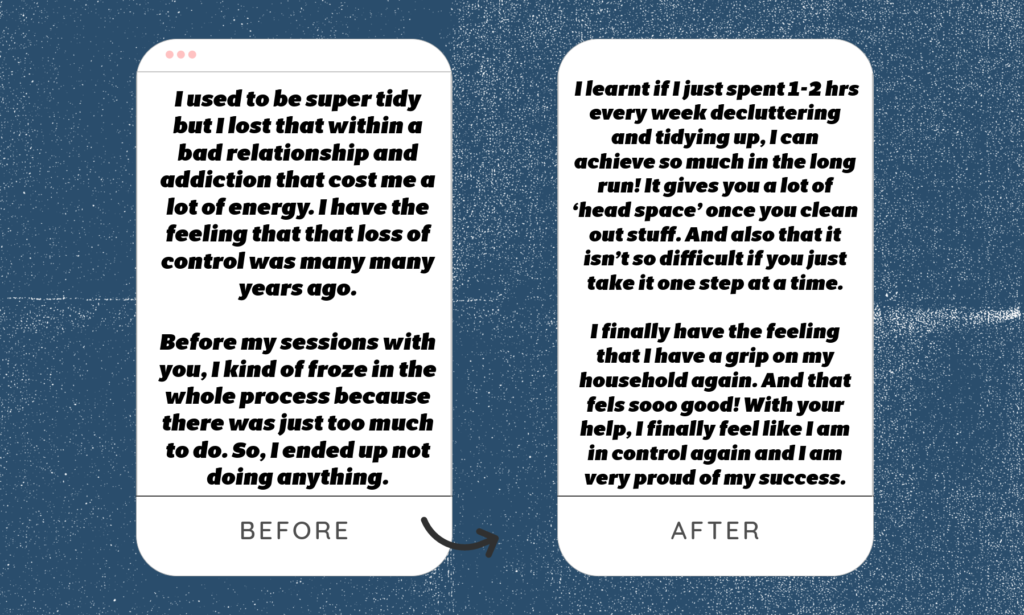
What these two stories have strongly in common is what lies in the core of virtual organizing process. It is the learning, the confidence, the feeling of pride my clients have achieved. It is the recognition that they gained the tools and the understanding of how to create an organized and clutter-free home, and the motivation to keep it so.
Even though it is my goal during my in-person sessions to arrive at the similiar result of learning, it doesn’t always happen. With virtual organizing, such learning is almost inevitable and that is what makes me extremely excited!
I can spot the most obvious difference in the feedback I get. Going from “Look what an amaizng work you/we did Lucie” and “I will have to call you in again” that I hear so often during an in-person projects, to “I am proud of myself and what I achieved” and “I feel motivated to keep going” after a virtual project.
BEING GUIDED WHILE DOING THE WORK YOURSELF
During my training my teacher was well aware of this hidden benefit, so in our studies, we focused on understanding the key principles of virtual organizing success. HOW TO MOVE FROM SHAME TO PRIDE. Here is an extremly simplified version of how such process takes root…
- Neuroplasticity
We now understand that our brains can change anytime, rewiring and forming new habits. If we consistently practice a new habit over the old one, the brain will eventually wire the new way of being as the default one. This applies to everything, including tidying your home. During our sessions, we will be re-training that the “overwhelming,” “boring,” and “paralyzing” tasks can be approached—we move into action. - Accountability
The consistency of our meetings repeats that action. I will hold you accountable for showing up, doing your in-between work, and calling you on any attempts to slide into your old patterns. Action, when repeated often enough and for long enough, forms new ways of habitual being. As in each process, there are good changes for backsliding, but our regular appointments will bring you back on track. - Internal motivation
How does one ensure you can keep the action going beyond the external motivation of being held accountable? The body’s best motivator is our brain – the brain that rewards us with motivating hormones each time we taste success. With every discarded bag of clutter, every meter of reclaimed space, every day that’s been efficient, and every look at your own before and after photos, your internal reward system ensures you get supplied with new motivation to keep going. - Self-efficacy and confidence
After frequent repetitions – taking action, forming new habits, being held accountable, and experiencing internal surges of motivation – you will reach a state where you have made significant changes in how you run your household. Those shifts start changing the way my clients feel about themselves. They regain a sense of control and self-efficacy and move from shame to pride. - Joyful pride
Once guilt and shame stop punishing you, a wave of energy releases. That’s because under an attack (even if self-directed), we hold the operations of our nervous system on a survival level – fighting or paralyzed- and our ways of operation won’t be efficient. Once (modest and joyful) pride, self-trust, and self-acceptance enter the game, our brain can move into a more efficient way of learning and executing – experienced as less procrastinative behaviors, more energy, and more internal motivation, resulting in more long-term and successful habits.
READYNESS TO CHANGE
As you can see, I am talking a lot about “change,” and that is exactly what virtual organizing is best suited for. So, if you have been looking to change your habits around clutter and organization in your home (or your workplace), consider looking into working with me virtually.
If you want to give this a taste, here is what you need to know about virtual organizing work:
You’re on the right place if…
- You want to change how you run your household and are ready to start a change process.
- You think you can do it independently (although you have not) and don’t need someone beside you.
- You want guidance, accountability, and knowledge. You have the capacity to execute the work physically during and between the sessions.
- You may not have the finances, time, or energy to spend on an in-person project with a professional organizer.
- You have stable internet and understand the basics of technology and video calling.
- You can articulate and describe what is going on.
